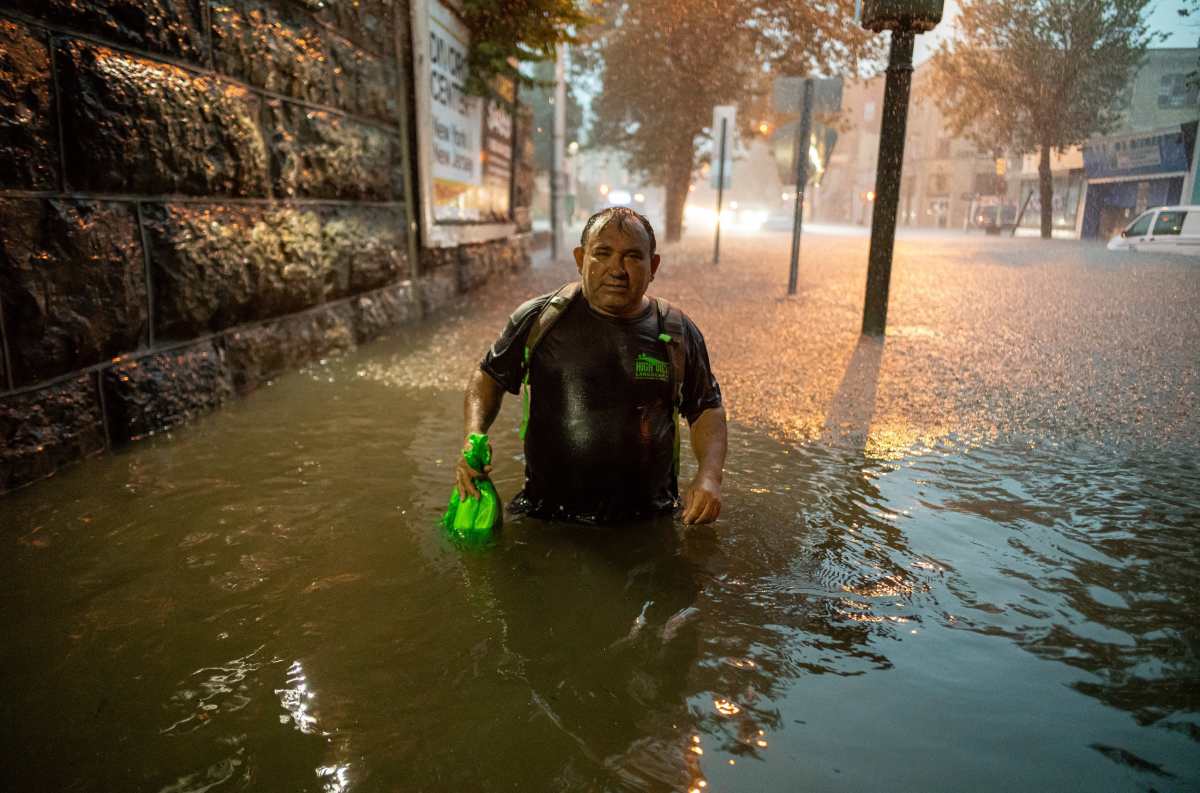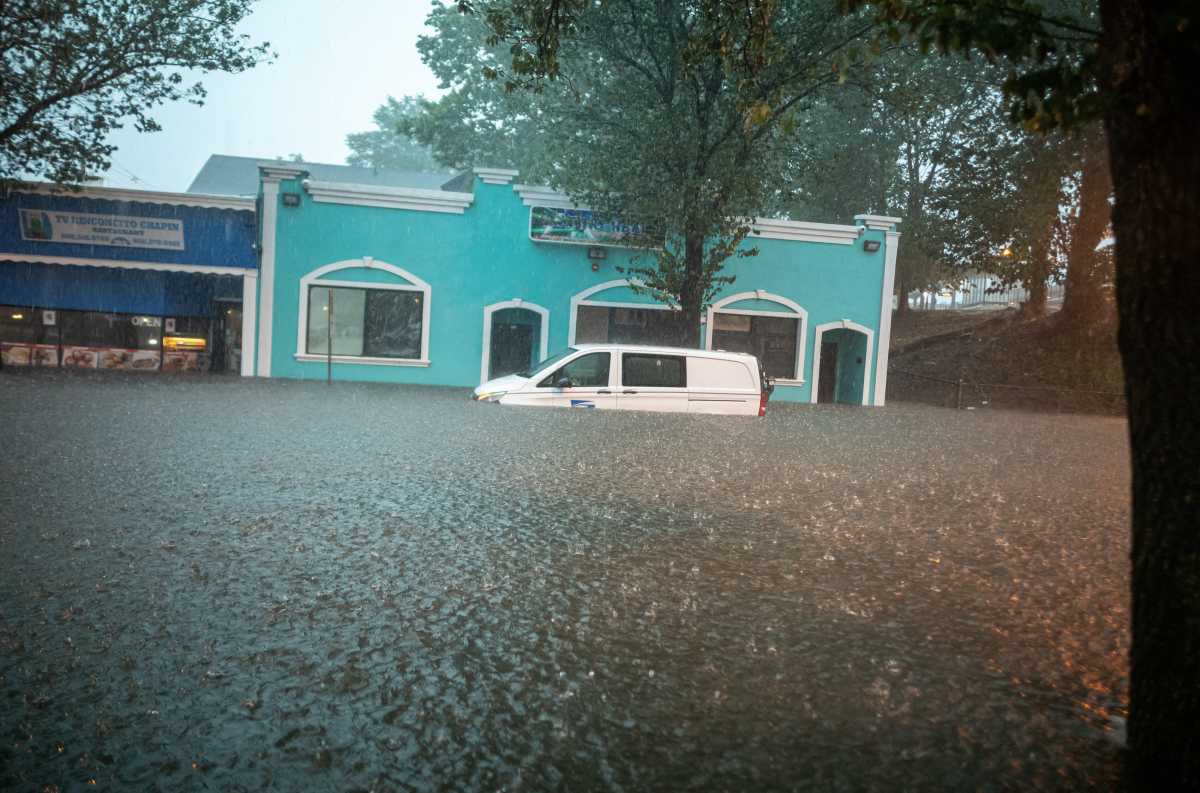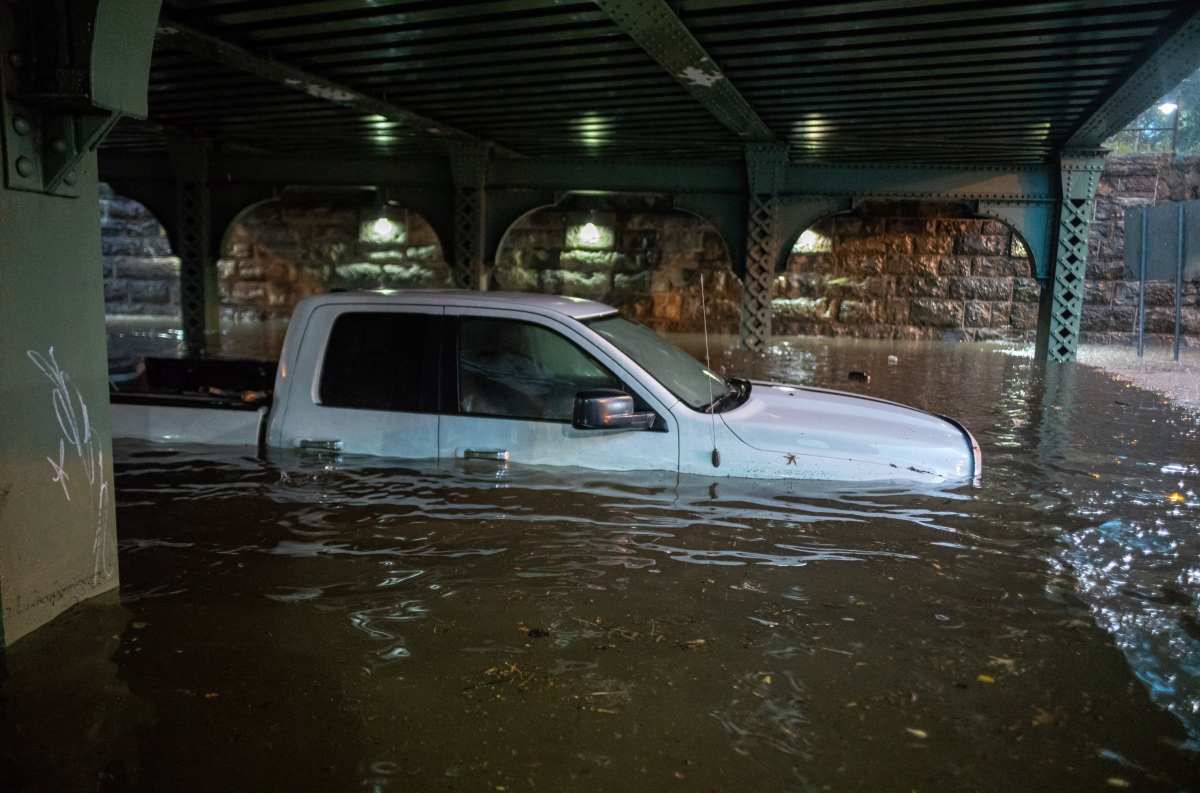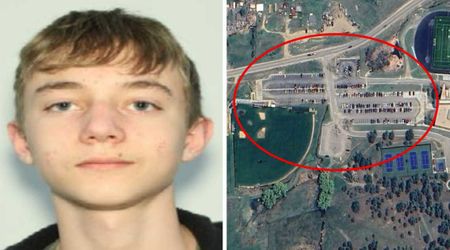Cloud seeding theories explode online after deadly NJ and NY floods as Internet feels 'something's fishy'

NEW YORK CITY, NEW YORK: Following the flash floods that struck New York and New Jersey on Monday, July 14, theories emerged across social media blaming cloud seeding for the heavy rainfall that severely submerged parts of both states.
Heavy rains swept through parts of the Northeast, inundating sections of New York and New Jersey with flash flooding that stranded vehicles, shut down subway lines, and prompted a state of emergency.

Cloud seeding theories emerge amid flash floods in Northeast
As devastating flash floods struck New Jersey and New York, social media users speculated that cloud seeding could be behind the massive rainfall.
Interestingly, when Central Texas experienced major flooding on July 4, similar cloud seeding theories surfaced across the internet. On July 14, users again blamed cloud seeding for the flash floods in New York and New Jersey.

An X user speculated, "I wonder were there any cloud seeding operations days before these floods in New York City and jersey?"
I wonder were there any cloud seeding operations days before these floods in New York City and jersey? pic.twitter.com/An5k4XbXC7
— ☆ Dark_star ☆ (@Dark_Prince078) July 15, 2025
Similarly, another social media user wrote while sharing a clip of the flood, "INSANE video shows floodwaters tearing through parts of New Jersey! People are now asking — is this the result of cloud seeding?"
🚨 INSANE video shows floodwaters tearing through parts of New Jersey!
— Nikhil Reports (@NikhilReports) July 15, 2025
People are now asking — is this the result of cloud seeding?#NewJersey #Flooding pic.twitter.com/2mIwAlRdBe
"Flash floods? In New Jersey? Like the ones in Texas? After cloud seeding operations?," wrote another X user.
Flash floods? In New Jersey? Like the ones in Texas? After cloud seeding operations?
— TalkNerdyToMe (@ExoticKn0wledge) July 15, 2025
Similarly, a person also mentioned, "Hey Marge @RepMTG they must be cloud seeding in New Jersey," while tagging Congresswoman Marjorie Taylor Greene.
Hey Marge @RepMTG they must be cloud seeding in New Jersey https://t.co/hqWJOU2kxP
— James Scott (@LongerTables) July 15, 2025
Another user chimed in, "Something fishy is going on. Texas, Chicago, and New Jersey. Cloud seeding was definitely confirmed in Texas but the company denied that they could produce that much rain, in an obviously prepared interview. Keep your eye on this."
Something fishy is going on. Texas, Chicago, and New Jersey. Cloud seeding was definitely confirmed in Texas but the company denied that they could produce that much rain, in an obviously prepared interview. Keep your eye on this.
— Aaron Dibert (@dibert_aaron) July 15, 2025
Cloud seeding is most likely not the reason for New Jersey and New York flash floods
Despite speculation by several social media users, it is highly unlikely that cloud seeding caused the flash floods in New Jersey and New York.
The New York Times reported that such theories have been debunked.

Cloud seeding is a process that involves altering the composition of clouds by releasing substances such as silver iodide, potassium iodide, or dry ice into the atmosphere.
Additionally, cloud seeding was not responsible for the flooding in Central Texas and is similarly unlikely to have played a role in the flash floods that hit New York and New Jersey.
Rescue teams deploy boats as rising waters trap people across New Jersey
Torrential rain and flash flooding triggered dramatic rescue efforts across New Jersey, prompting Governor Phil Murphy to declare a state of emergency.
Raging floodwaters surged through Scotch Plains, stranding drivers as water levels rapidly rose.
In one rescue, crews used a rope to pull a man from his car through the floodwaters and guide him to safety.
Authorities also deployed boats into the flooded streets after heavy rainfall caused the Green Brook River in the Watchung Reserve to overflow.
Meanwhile, inflatable rafts navigated submerged neighborhoods, retrieving stranded residents and bringing them to safety.
This article contains remarks made on the Internet by individual people and organizations. MEAWW cannot confirm them independently and does not support claims or opinions being made online










